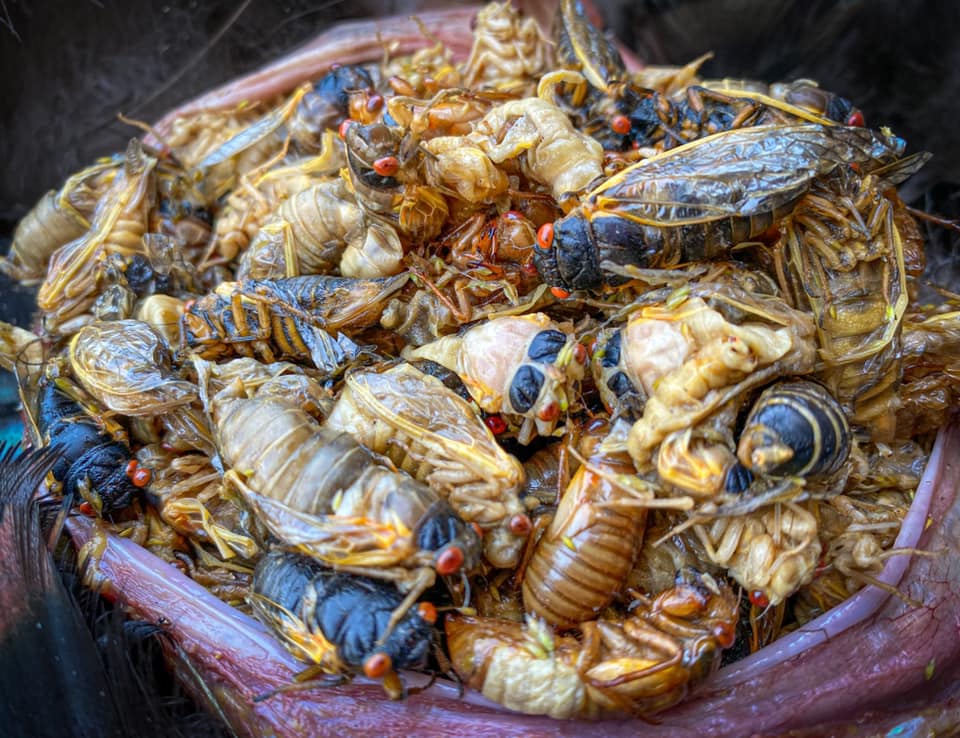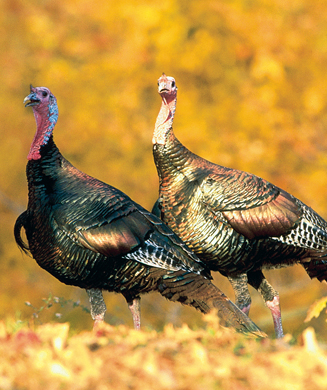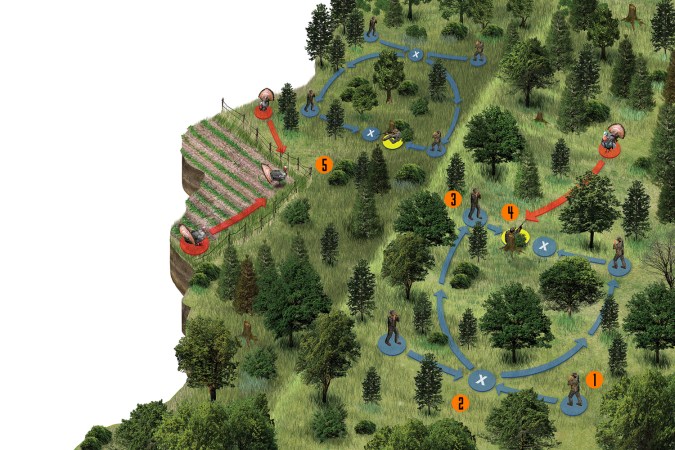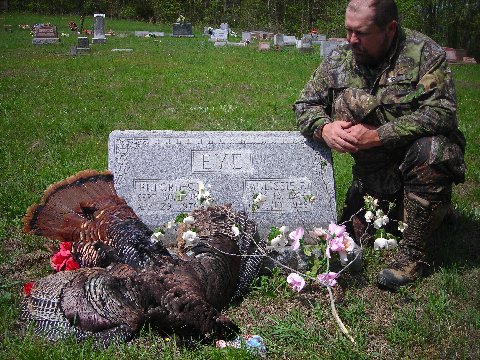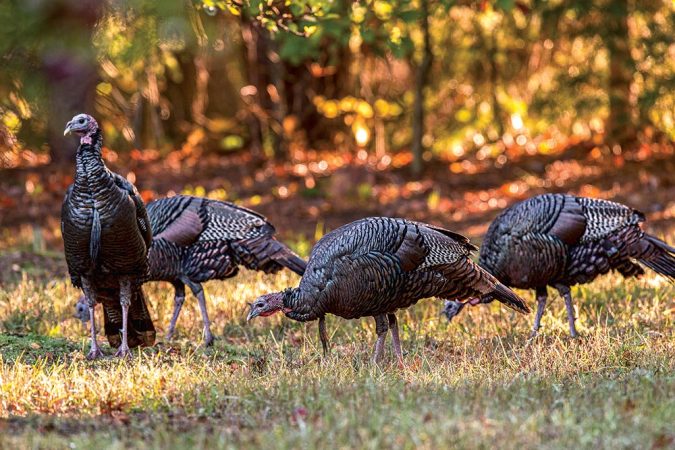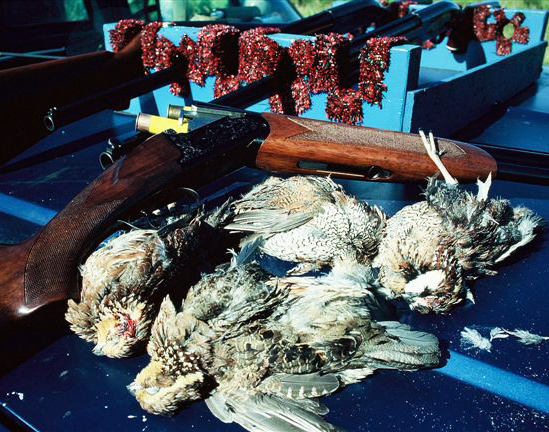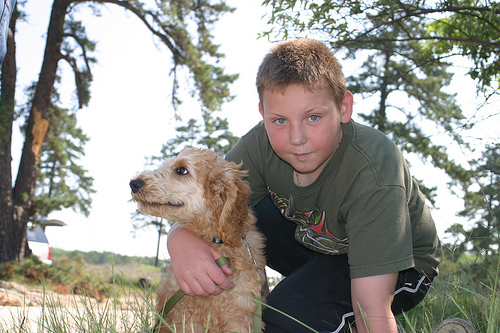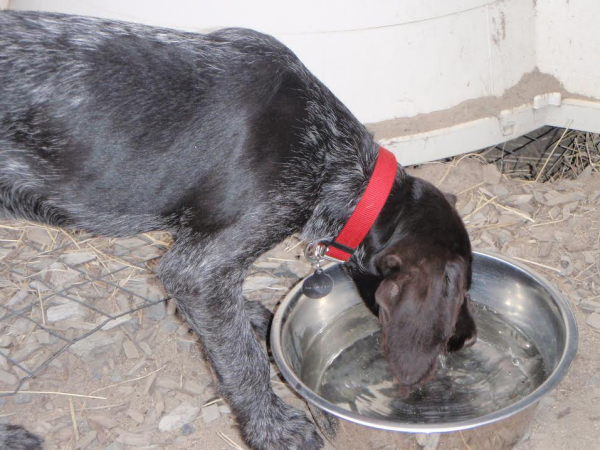Bob Dylan was getting an honorary degree at Princeton University in 1970 during a boisterous emergence of cicadas. It spurred him to write the famed song “Day of the Locusts.”
Dylan might again be inspired by this year’s huge cicada emergence in parts of America because it could lead to one of the biggest wild turkey population booms in recent memory, according to biologists, scientists, and savvy sportsmen.
“Turkey production goes up in a cicada year because poults and hens benefit from the availability of the abundant invertebrate food, spend less time feeding, and have less exposure to predation,” explained Indiana DNR turkey biologist Steve Backs in a report from Purdue University.
This bountiful cicada food source is expected to be on tap for at least a month in a wide chunk of America’s turkey heartland, including Delaware, Georgia, Illinois, Indiana, Kentucky, Maryland, Michigan, New Jersey, New York, North Carolina, Ohio, Pennsylvania, Tennessee, Virginia, West Virginia and Washington, D.C.
Zack Dunks, a turkey biologist for Kentucky Fish and Wildlife, says the last major cicada emergence in 2008 led to a record year of wild turkey breeding and resulting poults. Two years later, state hunters killed a record 36,000 toms.
Read Next: Confessions of a Belly Crawler: Late-Season Turkey Hunters Who Adapt Have Better Success
Adam Butler, turkey state program coordinator for Mississippi, says cicadas also benefit turkeys because some predators also focus on the abundant bugs instead of bird nests and young poults.
“Several of the nest predators are omnivores, and they are going to eat whatever they can find,” said Butler. “If a raccoon can fill his belly with cicadas, he’s not going to worry about finding a turkey nest to eat. Cicadas serve as a buffer prey for the turkey nest predators.”

